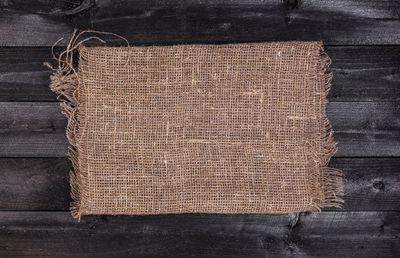About Burlap Wind Protection
Breakage isn’t the only issue in high wind areas. Wind burn is a common problem where plants have been roughly treated by intense wind and physical damage as well as moisture loss occurs. Want to learn how to make burlap windscreens? This step-by-step tutorial will help you make quick burlap wind protection to save your plants without breaking your bank. Many trees and shrubs can stand up to a little wind and not withstand any injury. Others lose leaves or needles, suffer bark and twig damage, and dry out. Using burlap as a windscreen can prevent such problems, but it has to be sturdy enough itself to withstand gusts. You should have your screens ready to assemble by late summer to early fall and keep them in place until spring’s wild weather is over. Items needed are:
Sturdy stakes (I recommend the metal ones for stability) Rubber mallet Burlap Rope or strong twine Chicken wire
How to Make Burlap Windscreens
The first step is to figure out where your winter winds come from. Once you know what side the plant is going to get accosted from, you know what side to erect your barrier. The simplest windscreen is just well pounded in stakes with the burlap affixed to them by durable rope. You can use chicken wire as a frame between the stakes and then wrap the burlap around the wire for extra strength or go without the wire. This is a flat, one-sided version of a screen that is effective for winds that tend to come from one direction. In areas with variant wind gusts, a more definitive approach should be taken. If you have no idea where the winds come from or your weather is variable and capricious, a completely surrounded wind barrier is necessary. Pound in four stakes evenly spaced around the plant, far enough that they won’t crowd it. Make a cage of chicken wire and attach the edge to itself. Wrap the burlap around the entire cage and secure with rope. This will prevent damage from winds in any direction. This cage will prevent rabbit and vole damage as well. Once the ground thaws and temperatures warm, remove the cage and store it for the next season.
